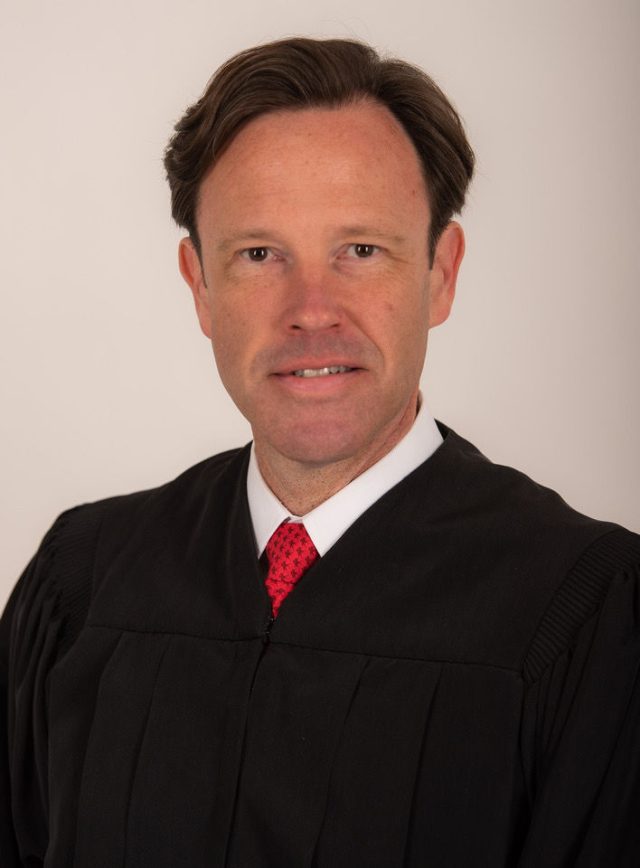Amid pandemic, WCPS continues efforts to close equity gaps
Published 12:15 am Monday, April 19, 2021
Amid the coronavirus pandemic and limited in-person classes for much of the school year, Warren County Public Schools continued efforts to narrow persistent educational gaps between student groups.
Efforts included districtwide cultural competency training, staff sessions centered on having “courageous conversations” about social and racial justice, distributing hundreds of Wi-Fi hotspots to students without reliable at-home internet on distance learning days and expanding the district’s refugee and migrant programs.
Those were a few of the initiatives WCPS Director of English Learner Programs Dee Anna Crump outlined in a presentation to the district’s school board Thursday.
This year, the district continued its efforts even without the help of state K-PREP assessments, which were canceled last spring, to guide its work.
Each year, the WCPS Equity Council uses the previous school year’s assessment data to complete an Equity Scorecard. This internal review examines the district’s progress on building equity across its academic, staffing and school discipline practices. This year’s council membership included a cross-section of parents, teachers, administrators and community members.
“Instead of doing a scorecard, we are just reporting to you on the things that have gone on in the district this year as related to equity,” Crump told the board, outlining a litany of initiatives the district is working on to advance educational equity.
Pulling from 2019-20 data, Crump referenced a chart noting that about 58% of the district’s students qualify as “economically disadvantaged.” Students with disabilities (14%) and English learners (15%) also make up sizable student groups, according to district data.
Totaling just north of 16,000 students, most are White (10,602), followed by African American (1,687), Hispanic/Latino (1,663) and Asian (1,506). Still, the district’s teacher workforce does not represent the diversity of its student population: only about 31 teachers are African American versus the 949 who are White, for example.
Last year’s WCPS Equity Scorecard revealed wide gaps between student groups, with Black students often falling the furthest behind their White peers. For example, Black students ranked near the bottom on state assessments for reading and math compared to their White classmates. The troubling trend persisted across the elementary, middle and high school levels.
Last year’s Equity Scorecard demonstrated that only 10.6% of the district’s Black 11th grade students were deemed to be meeting state mathematics standards at grade level when they took their state assessments during the 2018-19 school year. Compare that to the same figure that year for White 11th grade students – 46.3% – and the gulf between them was nearly 36 percentage points.
Many of WCPS’ Black students are English learners, representing countries such as Tanzania, Congo, Uganda, Kenya and other African countries. Other English learners are south Asian, from Myanmar or Thailand, among other countries in the region.
English learner students in general also fell significantly behind when compared to all students in the aggregate, the Equity Scorecard said.
In reading, for example, the percentage of third, fourth and fifth grade English learner students who were meeting state standards at grade level during the 2018-19 school year was just below a quarter – 24.4%. At the middle and high school levels, when students in general stop learning to read and read to learn, English learner students fell even further behind. Only 4.3% were deemed to be at grade level when they took their 11th grade reading test, the Equity Scorecard said.
In explaining the results, district administrators said many of WCPS’ English learner students are refugees, often with interrupted, limited or sometimes no formal education.
The pandemic’s role in widening achievement gaps between student groups remains to be seen, though this year’s K-PREP assessments will provide a helpful lens. However, schools won’t be graded on the results when they’re reported this fall.
As recently reported by U.S. News and World Report, as of January, more than half of all Black, Hispanic and Asian fourth graders in the U.S. were learning in a fully remote environment.
By comparison, only a quarter of White students were learning entirely remotely, and instead, nearly half of White students were learning in-person, full-time.






